(1055 products available)





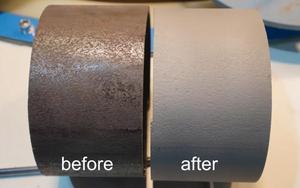





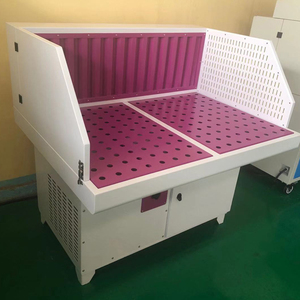
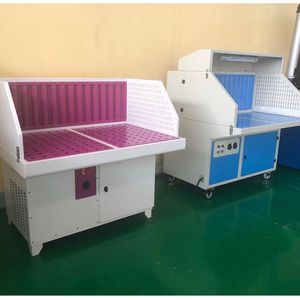
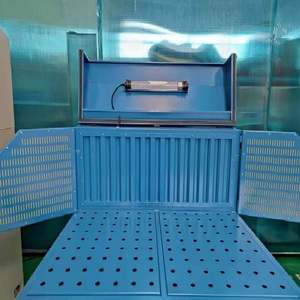

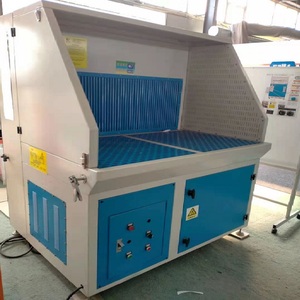



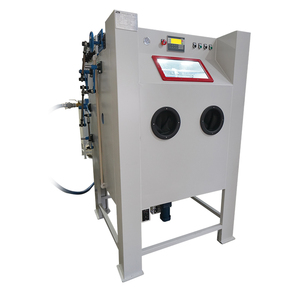

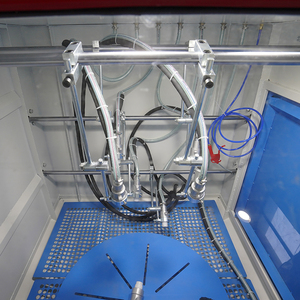



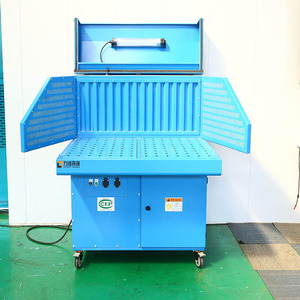
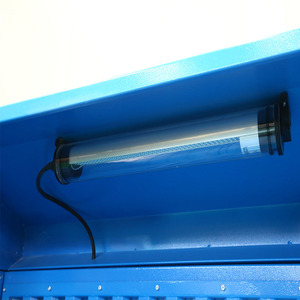


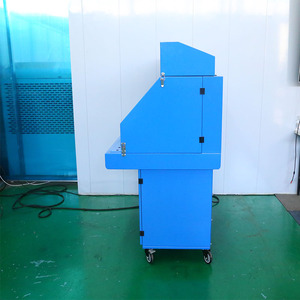

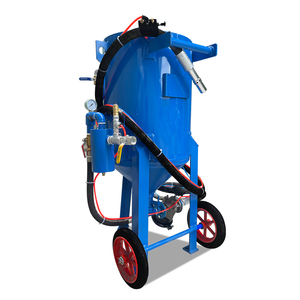

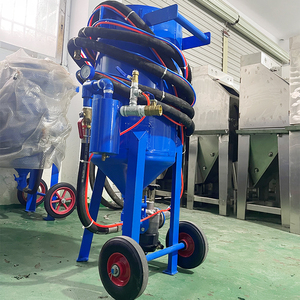

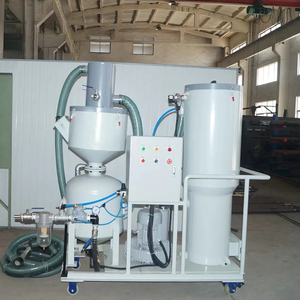



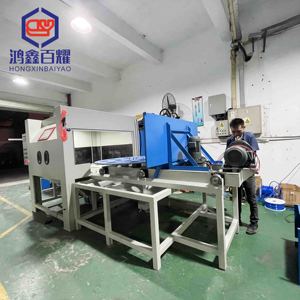



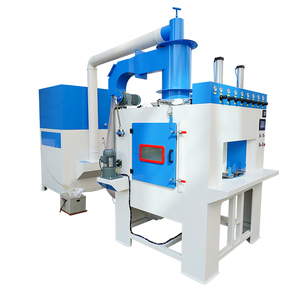






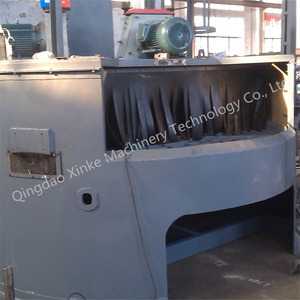
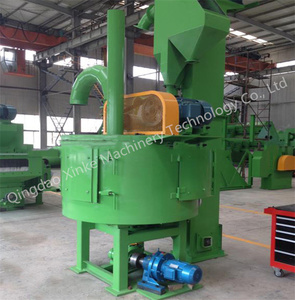




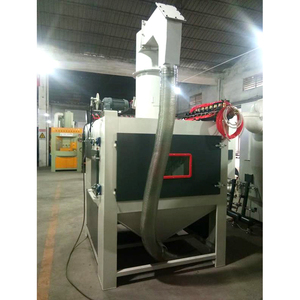


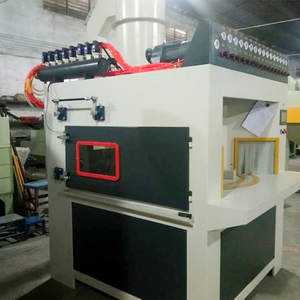










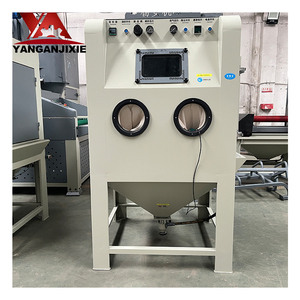
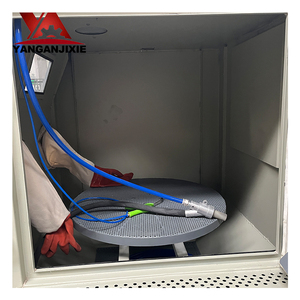

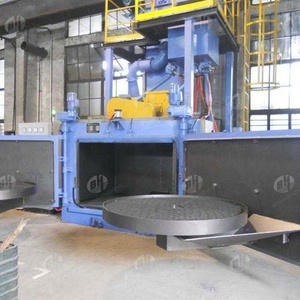
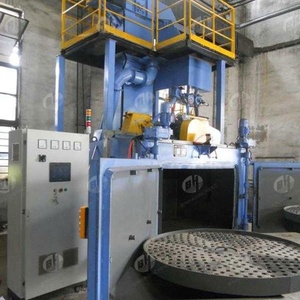

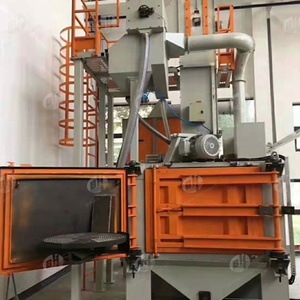
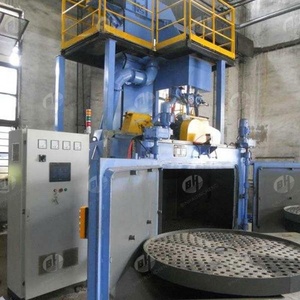
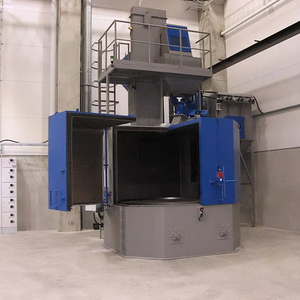
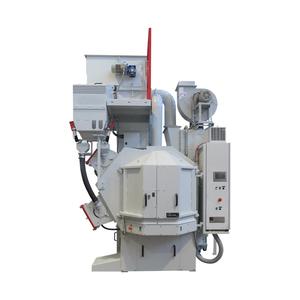

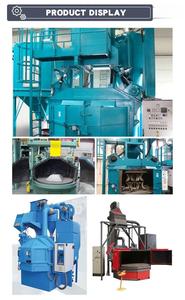


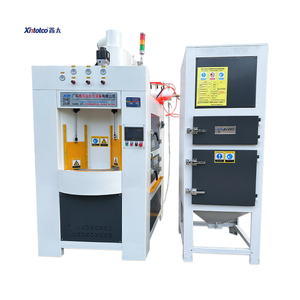
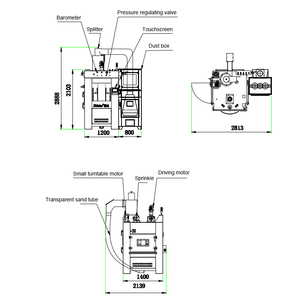

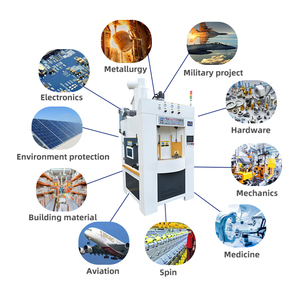


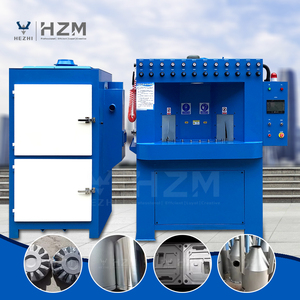
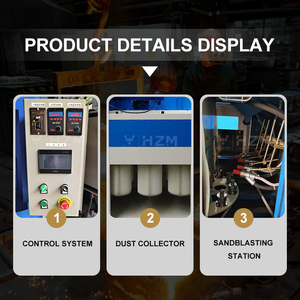





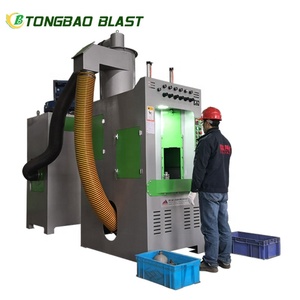


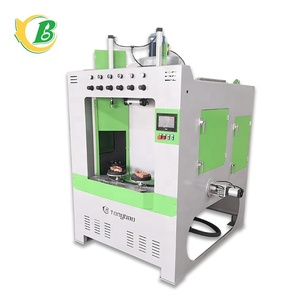
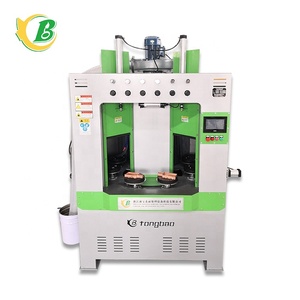

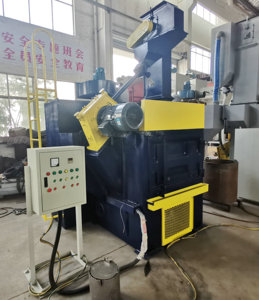



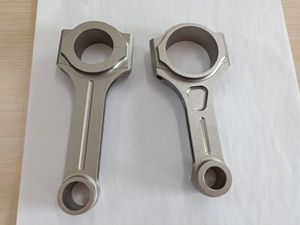















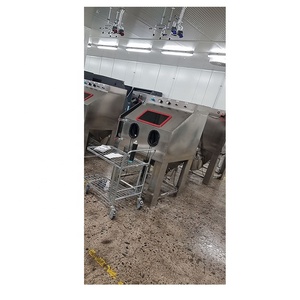

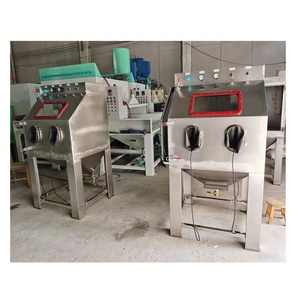








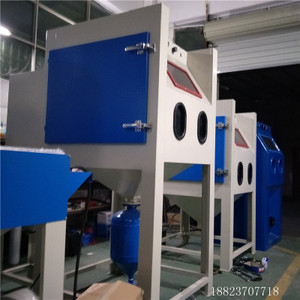
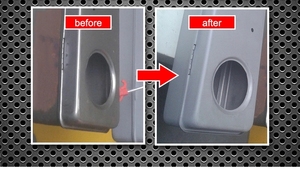





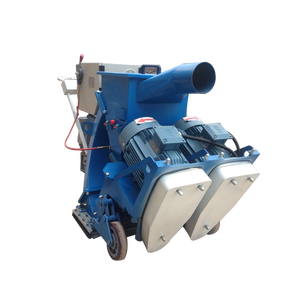





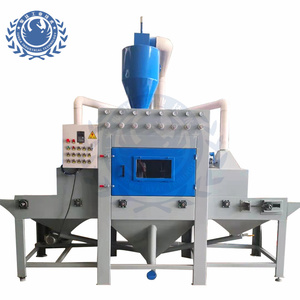









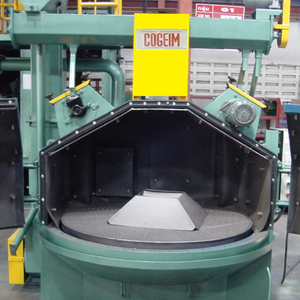

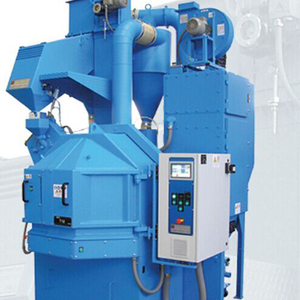

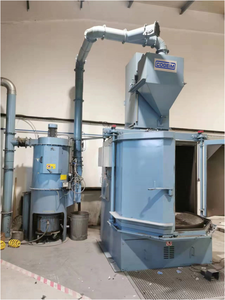
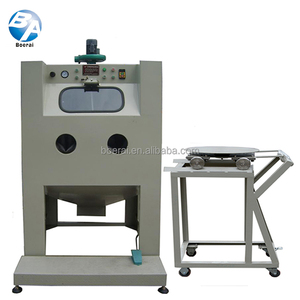



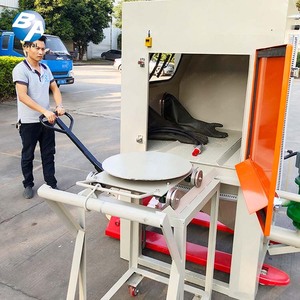
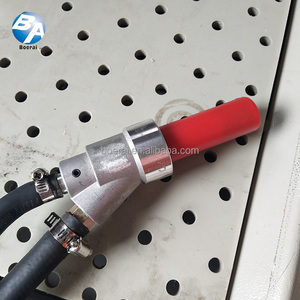
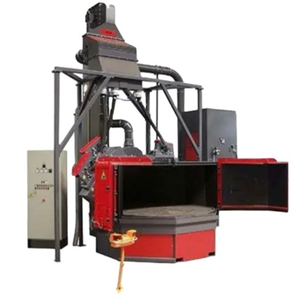

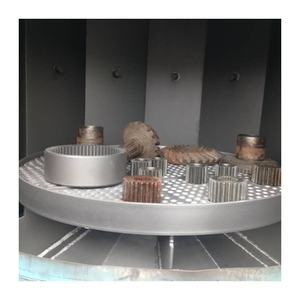


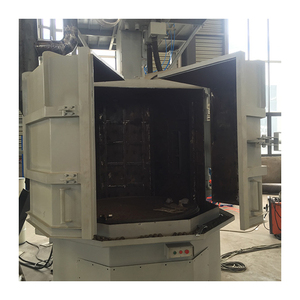






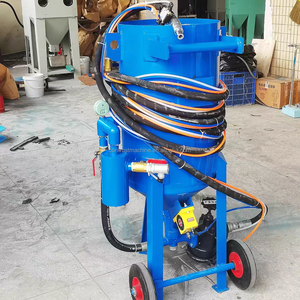



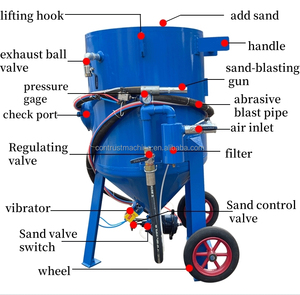

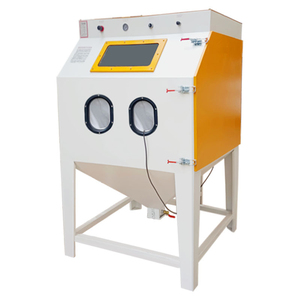


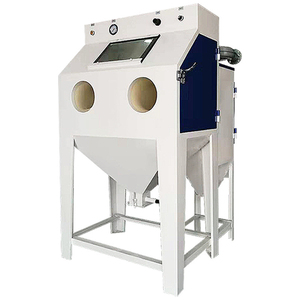

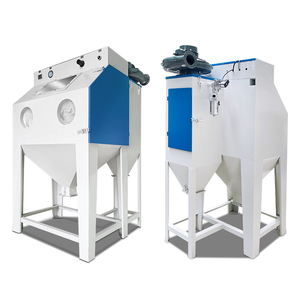











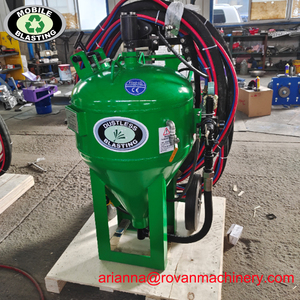



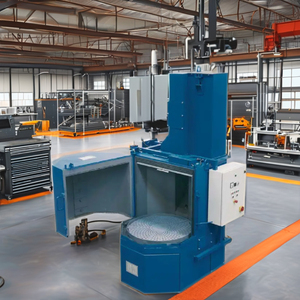






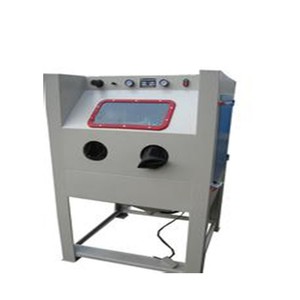


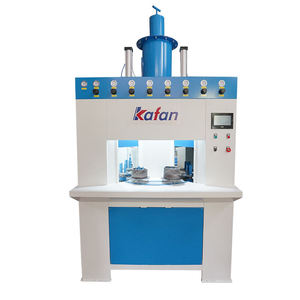





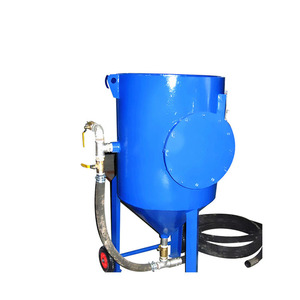
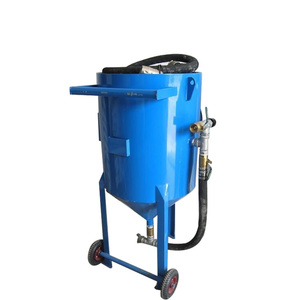
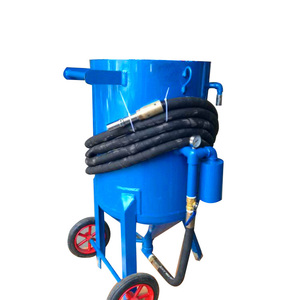

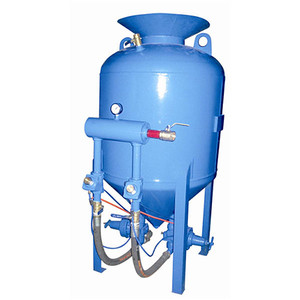
Market Overview: The global industrial sandblasting machines market, which includes rotary table sand blasting equipment, was valued at approximately $499.0 million in 2023 and is projected to reach $633.5 million by 2030, reflecting a steady growth rate of 3.5% CAGR. The growth is notably driven by the increasing demand for efficient surface preparation across various industries, particularly automotive, construction, and manufacturing. The Gravity Feed Sandblaster segment is anticipated to witness significant growth, reaching $399.4 million by 2030 at a CAGR of 3.7%, indicating a strong preference for this type of equipment among users seeking effective blasting solutions. Additionally, the U.S. market alone was estimated at $132.8 million in 2023, showcasing the regional strength of rotary table sand blasting applications.
Competitive Landscape: The competitive environment within the rotary table sand blasting sector is characterized by a mix of established players and emerging companies offering innovative solutions. Key market participants include Clemco Industries Corporation, Graco, Inc., and Airblast B.V., each contributing to the diversity of products available. The market's competitive dynamics are further influenced by consumer behavior shifts toward automated and semi-automated systems, which enhance efficiency and reduce operational costs. Moreover, the Asia-Pacific region, particularly China, is expected to grow impressively at a 5.2% CAGR to reach $128.8 million by 2030, indicating a robust demand for advanced sandblasting technologies. As the market evolves, manufacturers are likely to focus on product development and innovation to address customer pain points related to performance and maintenance, thereby capturing niche markets effectively.
A rotary table sand blasting is an abrasive blasting process that uses compressed air or other gasses to propel fine sand or other abrasives against a surface to be cleaned or polished. This machine is widely used in the industry for surface preparation, cleaning, and polishing of various metal parts. There are mainly two types of rotary table sand blasting machines for use in the industry.
Some basic specifications and their maintenance requirements are as follows.
{'> '}Compatible Blasting Media
The rotary sandblasting cabinet is constructed to work with specific types of blasting media. Common media include fine sand, aluminum oxide, glass beads, walnut shells, or silicon carbide. Each type of media has unique properties and effects on surface finishing. Different blasting media affects the machine's performance, efficiency, and the quality of the surface finish. For optimal results, it's crucial to use the recommended blasting media. Using an incompatible media can damage workpieces or yield subpar results.
/h3>{'> '}Cabinet Size and Workpiece Dimensions
The size of the sand blaster cabinet determines the maximum size of workpieces that can fit inside for blasting. This involves both the cabinet's internal space and entry openings. Oversized parts won't fit into the cabinet, making any job impractical. Conversely, workpieces that are too small may move around and pose a safety hazard. Therefore, it's essential to match the dimensions of the workpiece with the blasting cabinet before starting any job. Failure to consider size limitations may result in difficulties or potential accidents during the blasting process.
{'> '}Operating Pressure and Flow Rate
Sandblasting machines work by propelling abrasive media at high pressure to remove surface contaminants. The pressure at which the air compressor is set affects media velocity and impact force on surfaces. Higher pressure results in greater blasting power for tougher contamination removal. However, increasing pressure also raises media consumption, machine wear, and potentially rapid workpiece degradation.
Therefore, it is crucial to determine the optimal compressor pressure for each job. This depends on the type and amount of surface contaminants on the workpiece. Prioritizing the minimal effective blasting pressure conserves abrasive media, prolongs equipment lifespan, and protects workpiece integrity.
{'> '}Dust Collector System
The dust collector plays an essential role in the sandblasting machine by filtering out fine dust particles generated during the blasting process. Its main job is to capture this harmful silica dust and prevent it from being released into the surrounding workspace atmosphere. Proper functioning of the dust collector protects both operators and nearby personnel from exposure to hazardous silica. Continuous exposure can pose significant health risks over time.
It's important to routinely check and maintain the dust collector, ensuring its filters are clean and working correctly. Neglecting the dust collector may lead to filter clogging, reduced extraction efficiency, or total system failure. This could allow toxic silica dust to accumulate in the air, putting everyone at risk. Regular monitoring and care of the collector prevents environmental contamination and safeguards worker safety.
The rotary sandblasting machine is widely used in various industries and fields. Its diverse applications become an essential equipment in surface treatment.
Workpiece size and weight
Three-quarters of the worlds' machines are stamped capable of handling specific sizes and weights. It includes tables to determine the maximum weight of a workpiece and the size that fits. It is crucial to choose a rotary table sandblasting machine whose capacity matches or exceeds the size and weight requirements. Failure to do so can result in damage or collision during operation, which may cause serious injury.
Blast media compatibility
Different sandblasters work with various types of blast media, such as sand, aluminum oxide, glass beads, etc. Ensure the rotary table sandblasting machine is compatible with the specific blast media to be used for optimal results and equipment maintenance.
Noise level
Sandblasting machines can be pretty noisy, and the sound level is shown in decibels (dB). The higher the decibel level, the louder the machine. It is essential to consider the noise level of the sandblaster and choose one that is quieter, if possible, to help minimize noise pollution and protect hearing.
Controls and automation
Some sandblasters have simple manual controls like knobs and levers, while others have more advanced automated systems for precise control. Consider the type of control system desired and choose the machine with the appropriate level of automation to match specific applications and preferences and ensure ease of use and effective results.
Operator safety features
These include pressure relief valves, safety interlocks, and fire suppression systems; operator safety aspects are paramount when using a sand rotary table machine. These focus on the operator's protection and may include various safety features that are essential for protecting the user. Choose a machine equipped with these operator safety features so that the operator is well-protected and avoids potential accidents and hazards during use.
Q1 What is the purpose of sand blasting?
A1. Sand blasting is used for surface cleaning, coating removal, surface texturing, and painting. It is also used for surface polishing, prepare surfaces for adhesion,de stain and de rusting,sculpting,removing mortar from brick joints,drilling,embryo cavity cleaning,carrying,micron cleaning,hydraulic cleaning and electronic assembly.
Q2 What are the different types of sand blasting?
A2 The different types of sand blasting are glass bead blasting, wet blasting, shot blasting, vapor blasting, plastic media blasting and sand blasting. All the types use different techniques and materials to achieve different finishes on the surfaces of objects.
Q3 How safe is sand blasting?
A3 Sand blasting can pose health hazards like silicosis and other respiratory illnesses if not done properly. The hazards can include exposure to toxic materials, noise-induced hearing loss, and hazards from ammonium nitrate leaking in from the blast media pipelines. The operators must wear respirators, ear protection, and appropriate PPE. They must also ensure proper containment and use of blast media.
Q4 What materials are used in sand blasting?
A4 Materials used for blasting include garnet, aluminum oxide, glass beads, steel shots, silicon carbide, baking soda, dry ice, walnut shells, corn cob media, sodium bicarbonate, plastic beads, ammonium nitrate, ice blasting, ionized cold plasma, laser blasting, and water blasting. Each material has its own unique properties and is suited for specific applications.
Q5 How long does sand blasting take?
A1 The time taken to do sand blasting varies depending on the size of the object, level of the job’s difficulty and the type of equipment used. When using a rotary table to sand blast, the process may be faster because the object can be rotated. Normally the time taken can be a few minutes to several hours.